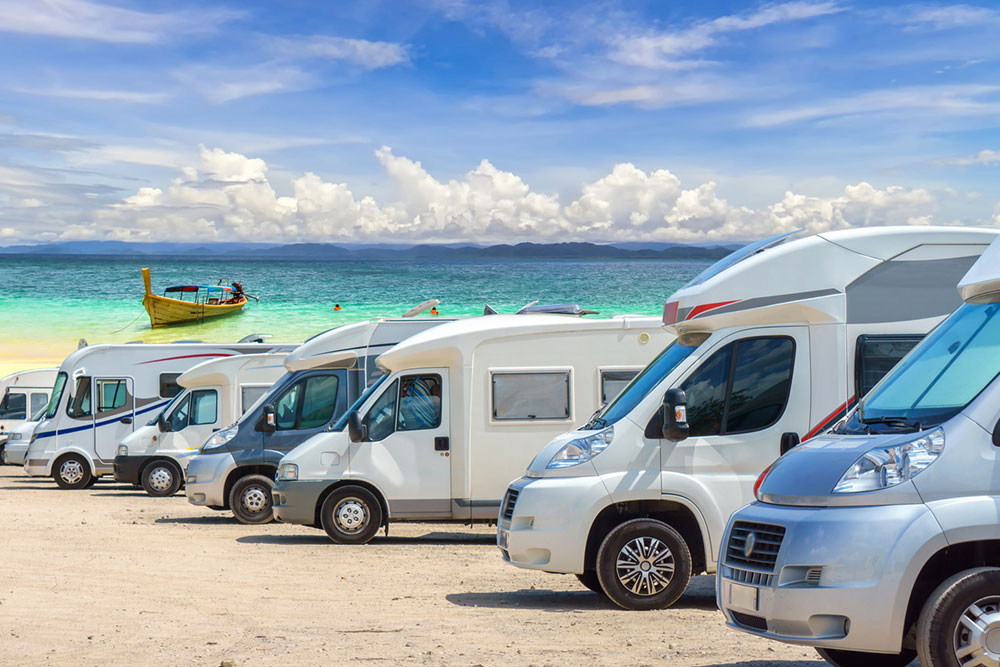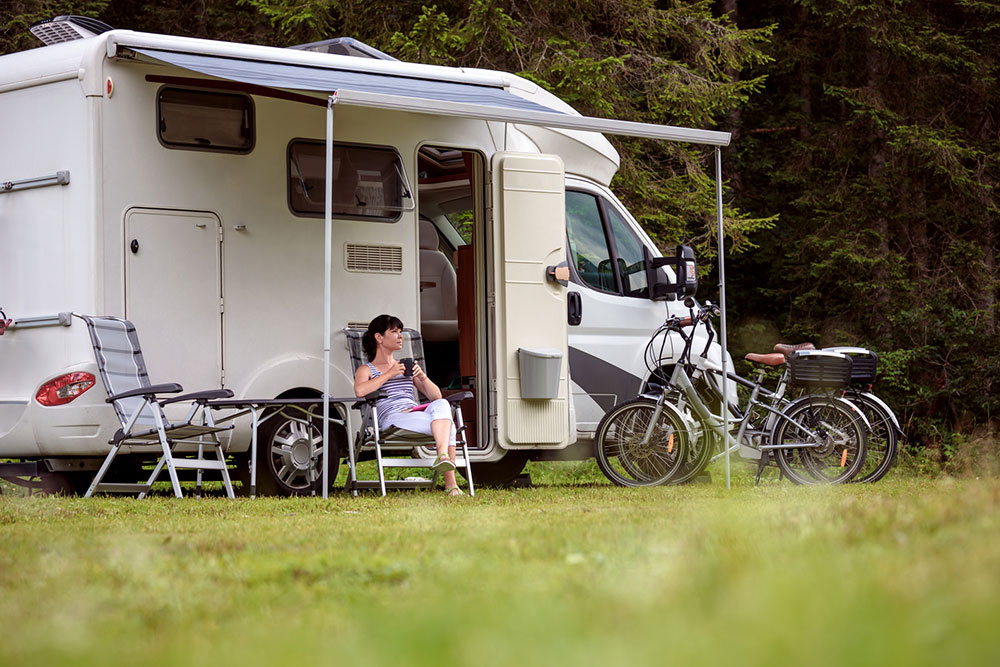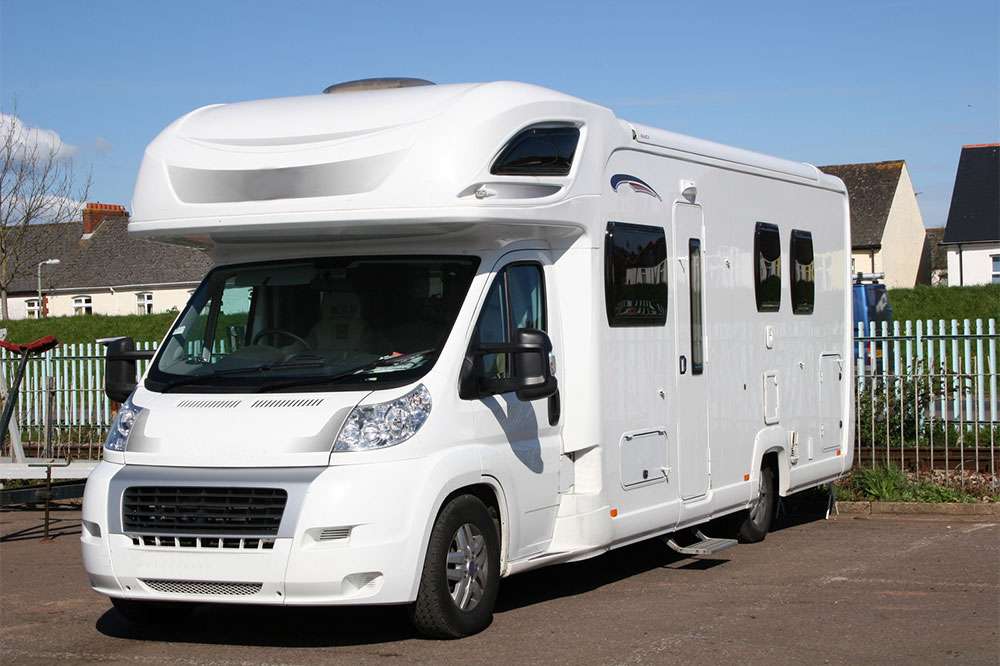Comprehensive Guide to Valuing and Selling Your Used RV Effectively
Learn comprehensive strategies for accurately valuing and successfully selling your used RV. This guide covers condition assessment, market analysis, depreciation, upgrades, and negotiation tips to help you set a competitive price, attract buyers, and achieve a profitable sale efficiently.

Comprehensive Guide to Valuing and Selling Your Used RV Effectively
1. Conduct a Thorough Assessment of Your RV’s Condition
A comprehensive evaluation of your RV’s overall condition forms the foundation of its valuation. Examine every aspect, including the exterior, interior, mechanical components, and added features. Look for signs of wear and tear, physical damage, or needed repairs. An RV that is well-maintained, with minimal imperfections, can command a higher price point. Make note of recent repairs or maintenance completed, such as engine servicing, roof sealing, or appliance replacements.
Transparency about your RV’s condition builds trust with potential buyers and helps in setting realistic expectations. Address minor repairs if feasible; significant issues should be disclosed openly. Clean the interior thoroughly, repair cosmetic damages, and ensure all systems—plumbing, electrical, HVAC—are functioning properly. High-quality photos that showcase your RV’s pristine condition will also boost buyers’ confidence and interest.
Being honest about your RV’s condition not only fosters trust but also prevents future disputes once the sale is finalized. Documentation of maintenance and repairs can further support your asking price and reinforce credibility with potential buyers.
2. Research and Analyze Comparable Listings
To accurately price your RV, investigate the current market by exploring listings of similar vehicles. Use popular platforms such as RV Trader, Craigslist, Facebook Marketplace, and specialized RV sales websites. Look for models with comparable make, model year, mileage, features, and condition. Note the asking prices and how they vary based on different factors.
Comparative analysis helps you understand the market demand and where your RV fits within current pricing trends. Consider differences such as upgrades, location, and vehicle age. This research provides a solid benchmark, preventing overpricing or undervaluing your RV.
Additionally, keep an eye on seasonal fluctuations—spring and summer typically see increased demand, which can influence pricing strategies.
3. Factor in Depreciation and Unique Upgrades
Like all vehicles, RVs depreciate over time. The depreciation rate varies based on age, condition, and market trends, but generally, RVs lose about 20% of their value in the first year, followed by around 10% annually. Use online depreciation calculators to estimate your RV’s current value based on its age and condition accurately.
Beyond the basics, consider any upgrades or customizations that might enhance your RV’s value. Popular modifications—such as solar panel setups, upgraded appliances, premium flooring, or suspension enhancements—can make your RV more appealing. Proper documentation of these improvements demonstrates added value to prospective buyers, which could justify a higher asking price. However, be mindful that not all modifications increase resale value equally; some might have minimal impact or may even detract if poorly executed.
4. Keep Abreast of Market Trends and Demand Fluctuations
The RV market is influenced by seasonal, economic, and regional factors. Typically, demand peaks during spring and summer months when travelers seek outdoor adventures. Conversely, winter months may see a slowdown in sales or lower offers. Additionally, economic conditions—such as fuel prices, interest rates, and regional tourism trends—affect buyer activity and pricing.
To maximize your sale, align your listing with periods of high demand and price your RV competitively during slower seasons. Monitoring regional market trends and economic indicators can help you decide the optimal time to list your RV for sale.
5. Obtain a Professional Appraisal for Accurate Valuation
For an unbiased and expert opinion, consider hiring a certified RV appraiser. Their detailed assessment factors in your RV’s condition, modifications, and current market dynamics, lending credibility to your asking price. A professional appraisal report can be particularly useful if you’re dealing with trade-ins, estate sales, or legal disputes. It also provides peace of mind knowing your RV is priced competitively based on factual, expert analysis.
Remember, an appraisal isn’t mandatory but can significantly bolster your confidence and transaction transparency with serious buyers.
6. Set a Competitive Price with Negotiation Flexibility
When establishing your asking price, aim slightly above your minimum acceptable amount. This strategy leaves room for negotiations and offers a buffer to accommodate buyer counteroffers. Avoid setting an overly high price, as it can deter interest and extend the selling timeline. Conversely, pricing too low might result in financial loss or undervaluation.
Study comparable listings to find a middle ground that appeals to serious buyers while preserving your desired profit margin. Be open to negotiations; showing flexibility can often lead to faster sales and satisfied customers.
7. Highlight Unique Selling Points and Features
To make your RV stand out in the crowded marketplace, emphasize its distinctive qualities through high-quality photographs and detailed descriptions. Features such as low mileage, single ownership, recent upgrades, or rare configurations can be compelling selling points. Highlight any luxury amenities, modern appliances, or valuable additions that add appeal and justify your asking price.
Engage potential buyers with virtual tours or detailed videos showcasing the RV’s best aspects. Clear, honest descriptions combined with professional-looking photos create a compelling listing that attracts more inquiries and increases the likelihood of a successful sale.
8. Be Transparent About Additional Costs
Buyers appreciate honesty regarding any extra expenses associated with the purchase. Be upfront about potential costs such as registration, inspection fees, transfer taxes, or remaining loan balances. Providing clear information about these costs enables smoother negotiations and builds trust with prospective buyers.
Transparency regarding any outstanding financial obligations or upcoming expenses can help prevent misunderstandings and ensure both parties are aligned on the sale terms.
9. Maintain Flexibility and Openness to Offers
Demonstrating a willingness to consider offers and negotiate can significantly expedite your sale process. Even if an initial offer is below your asking price, it serves as a starting point for discussions. Being flexible might include adjusting your price, offering additional perks (such as included accessories), or accommodating the buyer’s timeline.
Flexibility can also help you reach an amicable agreement faster, reducing the time your RV spends sitting on the market.
Conclusion
Valuing your used RV accurately involves a combination of careful assessment, market research, and strategic pricing. By thoroughly evaluating your vehicle’s condition, researching comparable listings, understanding depreciation and market trends, and highlighting its unique features, you can set an optimal asking price. Remember to stay flexible and transparent throughout the process, which will help attract motivated buyers and facilitate a smooth sale. Successful RV sales are rooted in honesty, preparation, and an understanding of market dynamics. With these expert strategies, you'll maximize your chances of a profitable and swift sale. Best of luck in your RV selling journey!




